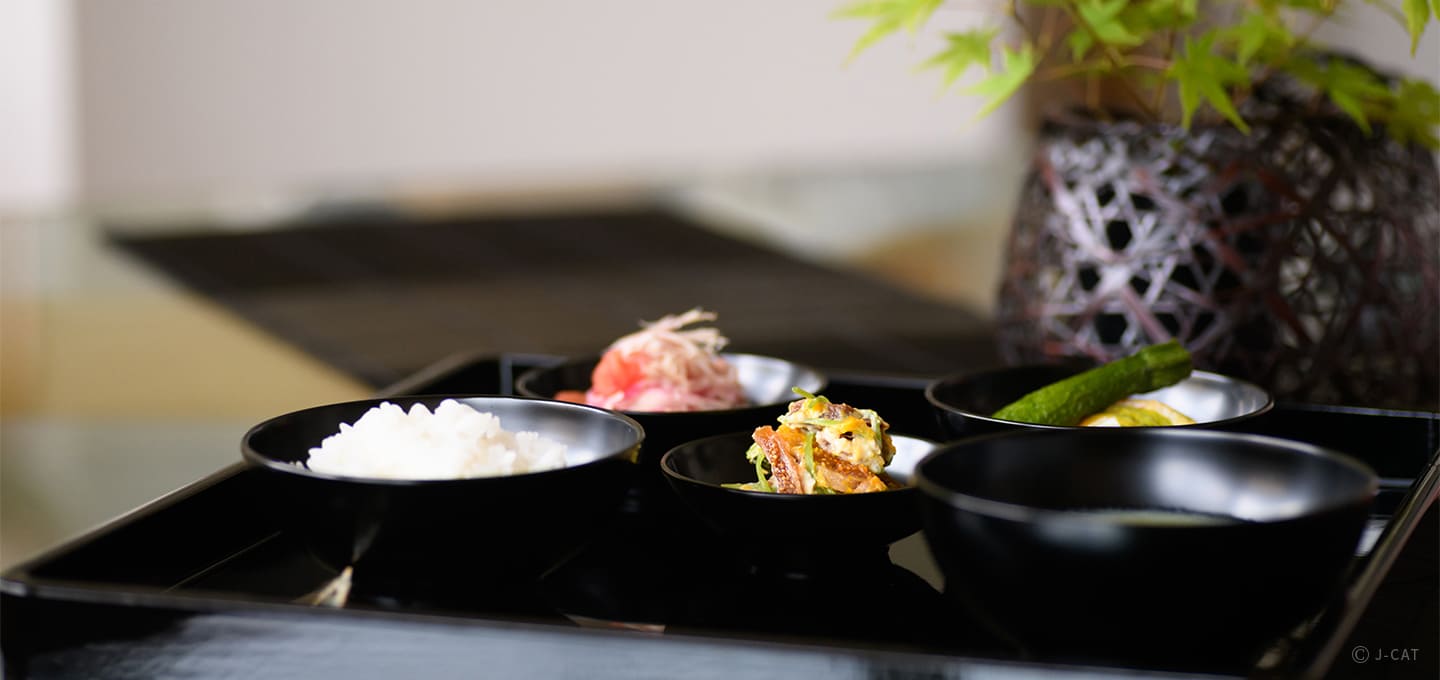
Special Experience
Kyoto
Table Presentation and Obanzai Meal at Kyoto’s “Asanoya”
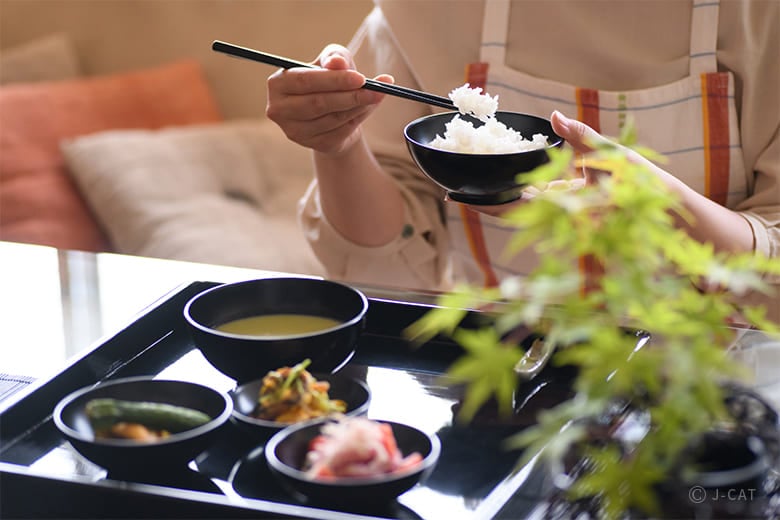
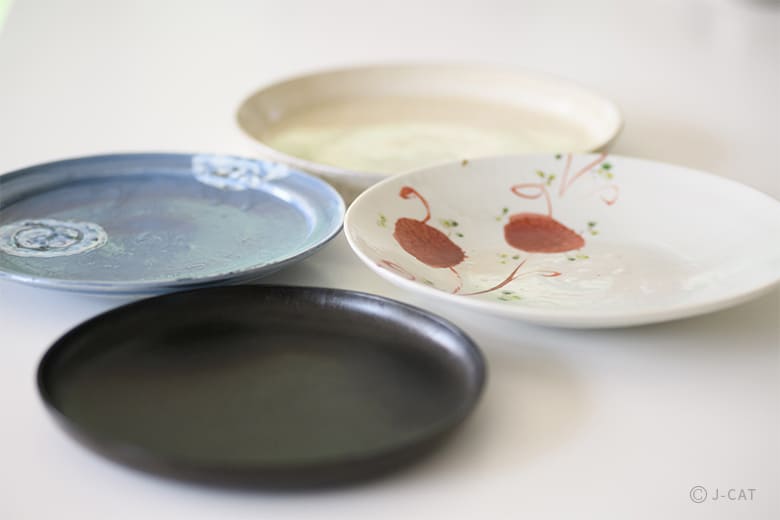
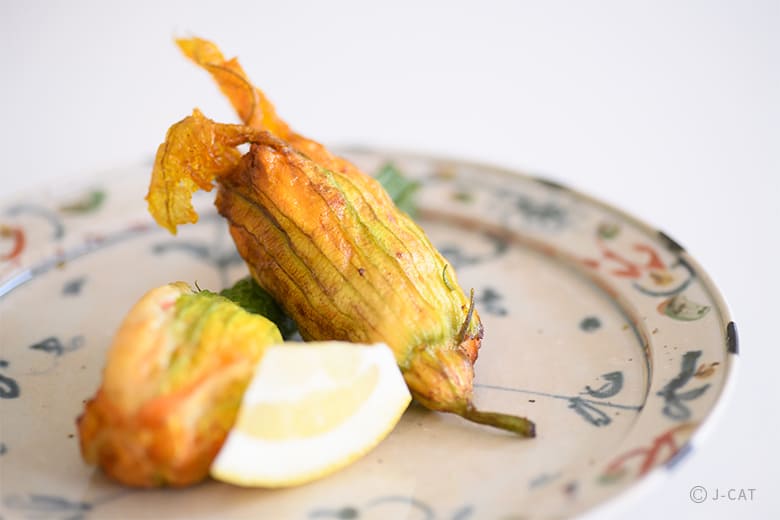
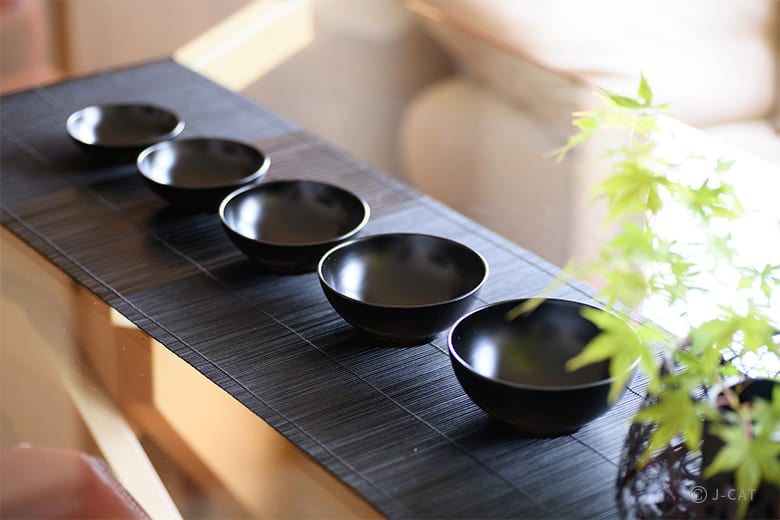
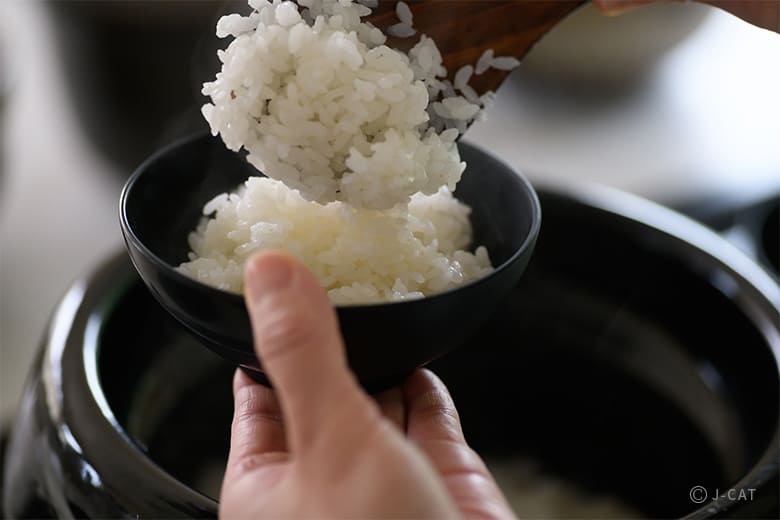
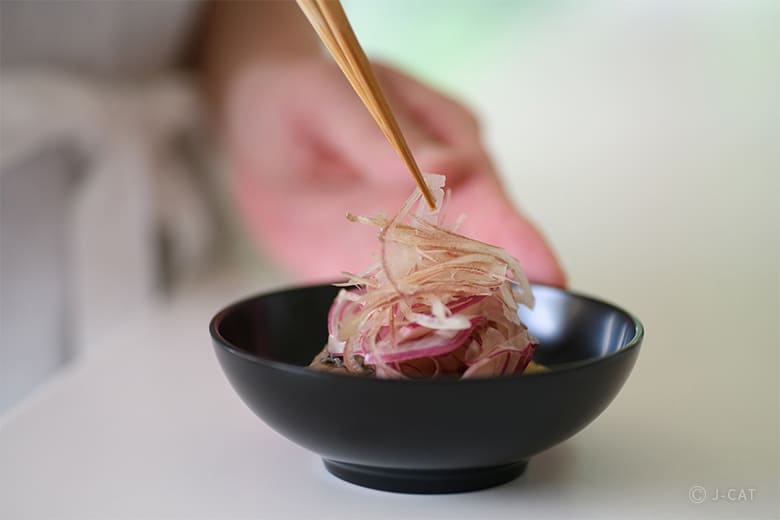
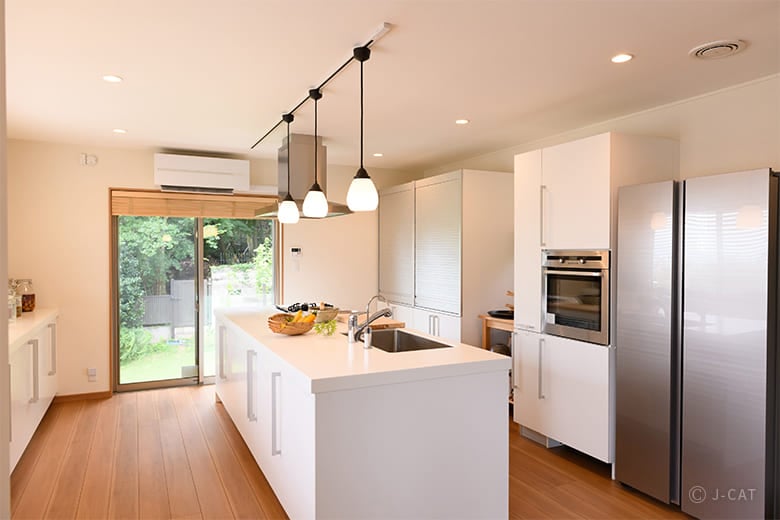
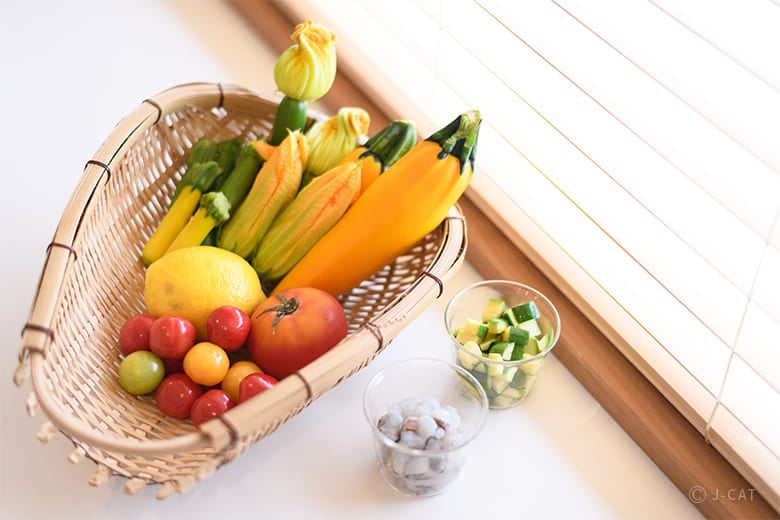
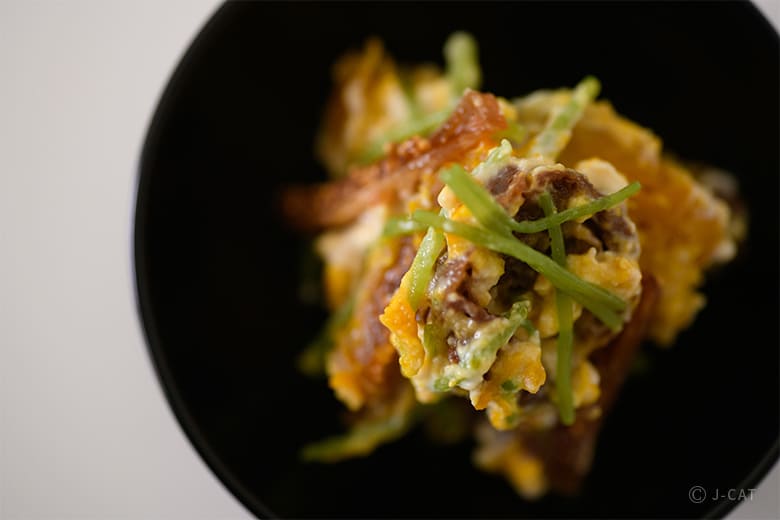
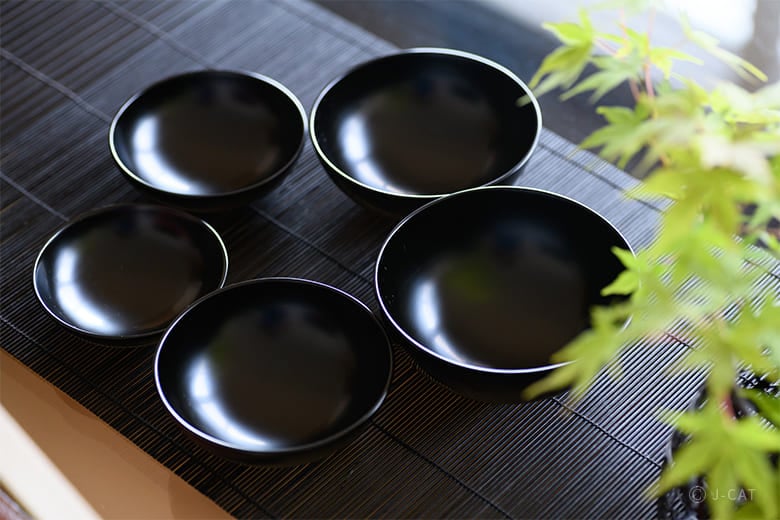
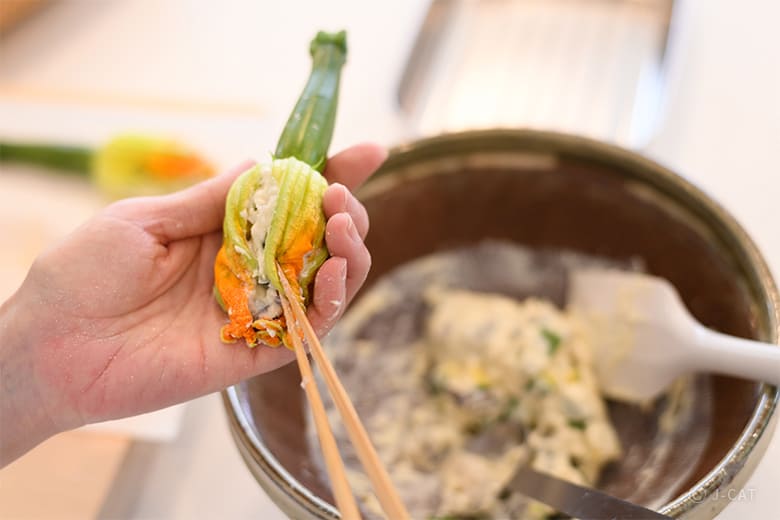
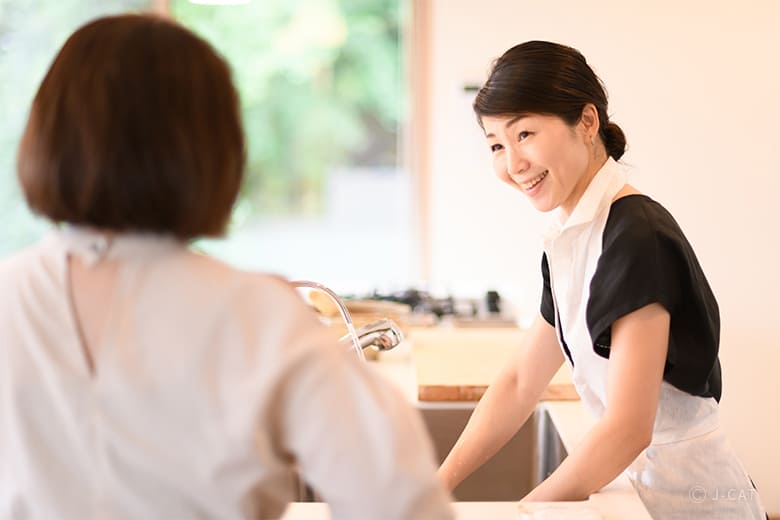
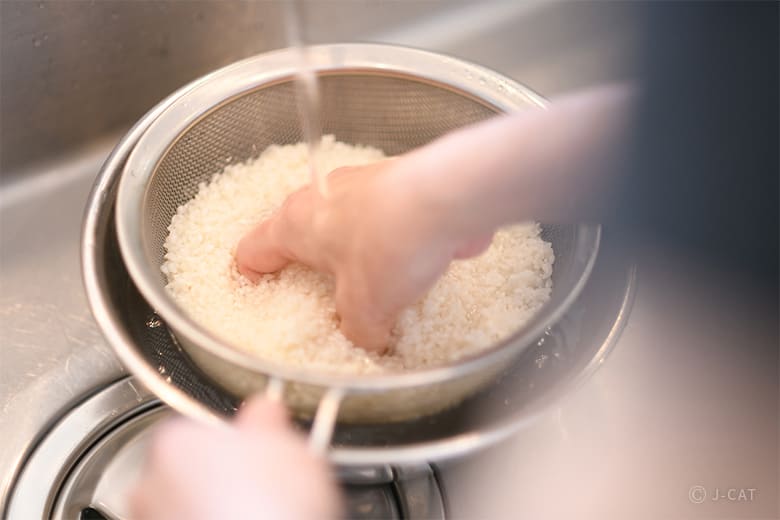
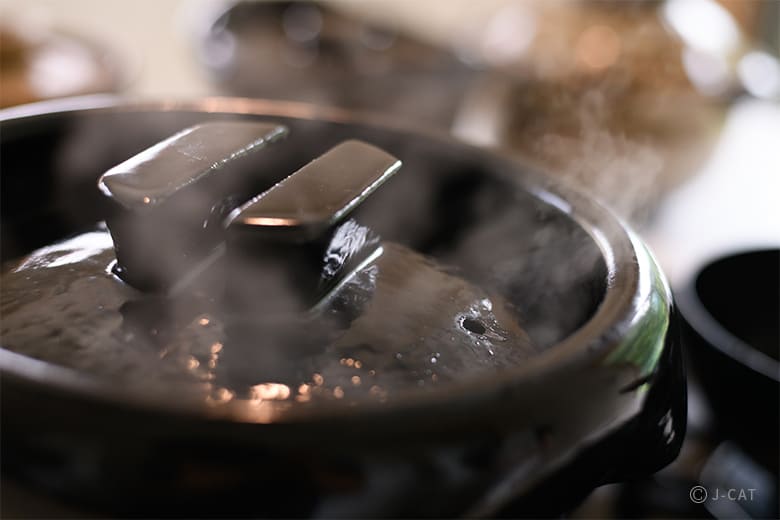
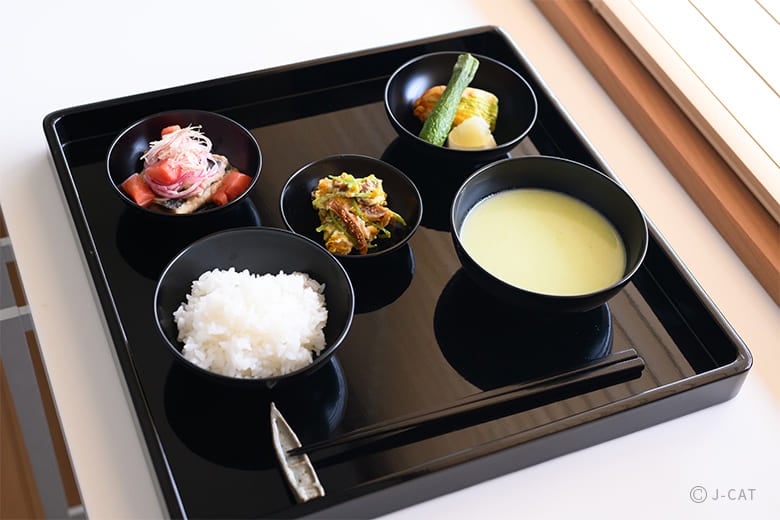
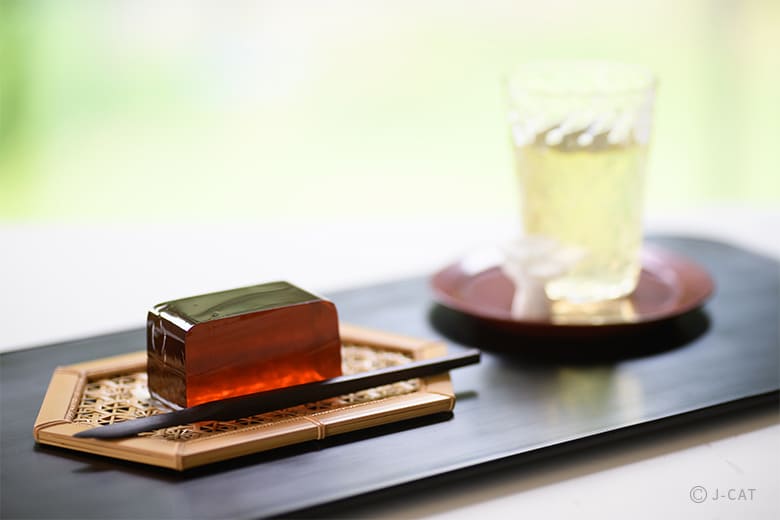
















Overview
Step into tableware salon and gallery “Asanoya” and learn all about traditional Japanese dish arrangement from chef and tableware coordinator Mabi Tojo. Chef Tojo’s instruction goes beyond theory, providing hands-on demonstration. And only the Wabunka plan gives you the opportunity to learn her secret to cooking flawless donabe earthenware pot rice every time, and choosing artisanal utsuwa tableware to accompany any dish. Finish by sampling food on her original “itsukiwan” lacquerware collection, enjoying the work of a master’s hand in the skills you have just learned.
Key Features
・Get insider knowledge on utsuwa traditional Japanese ceramic pottery from a professional utsuwa buyer with many years of experience.
・Learn how to make perfect donabe rice every time, and let the master put her skills to work serving you dishes on a curated collection of utsuwa tableware in the exclusive Wabunka plan.
・Perfect for anyone who wants to up their table presentation game with a touch of timeless elegance.
Kyoto
180mins
from ¥19,000 /person
1 - 5 participants
Available in English
Cancel free up to 31 days prior
Details
A curated salon – tableware for life
“Beautiful things that snuggle right into life.” This is the Asanoya gallery’s concept. Under this guiding mantra, proprietor and longtime traditional utsuwa ceramics buyer Mabi Tojo curates a handpicked collection of tableware made by a variety of artists. It’s important to her that the tableware’s real charm be presented in its element: serving food. That’s why Asanoya offers cooking and presentation classes.

Itsukiwan bowls nestle weightlessly in hand.
Itsukiwan “May bowls” are a star piece in Asanoya’s lineup, produced on commission by Keikatsu Nishimura. Being the top lacquerware artist in Kyoto means being a giant among giants, and his feather-light bowls have built his reputation on the silky-soft touch and elegant patina that make them exemplars of the historic city’s traditional style. Mr. Nishimura’s bowls are thrown by hand, planed masterfully down to the absolute limit of smoothness like the traditional alms bowls used by the monks of old.

A homey, spacious kitchen is the stage.
Of course, the itsukiwan bowls take center stage in this plan. Learn to bring them to life fully with home-cooked meals and gorgeous plating.
Sumptuous, traditional seasonal Kyoto fare, obanzai
Chef Tojo begins with an explanation of the menu, walking you through every step of her seasonal vegetable-rich obanzai. Here she makes a fried zucchini tofu fritter called hirousu, as unorthodox for its use of the Western veggie as for incorporating its flowers as a wrap. “As a traditional food, obanzai has been unfairly regarded as plain or unimpressive. But a simple creative flourish can completely change that.”

Unexpectedly large zucchini flowers are stuffed chock full of hirousu tofu fritter goodness.
Each dish is built from the ground up, based on deliveries of freshly-harvested vegetables from local suppliers like Yoshida Farm in Keihoku, just north of the city. As a result, the food lineup changes from day to day. Chef Tojo raised three sons while working as a buyer, using the tricks of the trade to streamline and simplify the cooking process. It’s stunning to witness her ability to transform a simple Japanese dinner table staple into a work of art, as much for their attractive presentation as for their ease of preparation.

As a mother of three, Chef Tojo teaches with the housewife in mind.
Making perfect donabe rice – every time
On the Wabunka plan, you’ll learn to prepare mouth-watering donabe rice with the instincts of a professional. “The trick to really getting it right every time,” says Chef Tojo, “is to cook with all five senses at attention.”

The rice gets a gentle wash.
With Chef’s Tojo’s method, the cook is fully present in the process. Rather than relying on fixed measurements or timers, she takes into account the day’s air and water temperature, along with the behavior of her stove and the qualities of the rice being used. She generally recommends 200ml of water for each go of rice, or 1.2 times more water than rice. Starting on medium heat, the gurgling of the pot and appetizing aroma of rice cooking are her signals to cut the heat and let it steam.

A continuous high-pressure jet of steam signals the rice is done.
“I recommend a deeper Iga-style donabe pot, but the whole point is that nothing special is required. You can do this with whatever you have at home.” The beauty of her process is in its ability to immediately reproduce her lustrous donabe rice in your own kitchen.

The result is silky, fluffy rice.
Selection and plating with artisanal tableware
Chef Tojo’s go-to for main dishes is a 7-sun plate. In the traditional Japanese system, 7 sun is 21.2 cm or 8.3”. She prefers hers on the deeper side, soups and sauces won’t spill, and most foods are beautifully framed. Based on her guidance, you will choose an utsuwa dish from her artisanal collection on which to plate your main dish.

7-sun plates for various sensibilities
Food is plated to be easy to grab with chopsticks. Additionally, the higher up it sits from the plate surface, the more an attractive three-dimensional sense of depth emerges, drawing out the aesthetics of triangular patterns in nature. Spacing is another important feature, reducing crowding to give each item its own spotlight.

The principle of triangular forms guides beautiful plating.
Top tier meal time, on original itsukiwan lacquerware
Guests will delight in a tasting on Asanoya’s must-try itsukiwan lacquerware. Already popular dishes such as shiro-ae dressed kabocha squash, edamame suri-nagashi purée, and veggie vinegar-marinade fish nanban-zuke are elevated even further by gorgeous plating. Ae-mono dressings benefit from conical shaping and flourishes like bursts of tomato red in otherwise brown dishes. Fluffy, lustrous donabe rice contributes delicate sweetness. The tasting finishes with a Japanese omotenashi tea time, with traditional seasonal sweets and tea.

The quintessential Japanese meal, one soup and three small dishes alongside rice
This is Cinderella fine dining: humble everyday fare bewitched into opulence by presentation. With Chef Tojo’s masterful grasp of plating, you’ll learn the power of elegant tableware to transform a meal. And you’ll be able to bring that magic home to your own dinner table.

Elegant utsuwa tableware heightens the aesthetic of traditional seasonal sweets and tea
Asanoya

Asanoya
A tableware salon devoted to life abundant and the themes of artistry and food. Longtime professional tableware buyer, coordinator, and chef Mabi Tojo guides guests hoping to create a dining table experience that is more beautiful, more delicious, and filled with fun. In addition to carrying the signature itsukiwan, she also helms cooking and plating classes organized around her concept of “life shared with beautiful things.” Her strictly reservation-only gallery gives visitors the chance to not only see but handle the utsuwa tableware.
Customer's Voice
Great experience! Mabi Tojo is so great at what she does. Our interpreter was also so incredibly nice and helpful.
B.S. Philippines
At the risk of sounding too effusive, there are not enough superlatives to describe this experience. Everything about it was A++. Our interpreter and our cooking teacher Mabi were exceptional. Both were warm, friendly, and great fun to be with. Mabi’s home and kitchen were spectacular and clean as a whistle. My traveling companion and I learned so much about Japanese cuisine, cooking techniques and tableware -- and had a delicious time doing it!
D.M. United States
Location
Asanoya
Nishikyo Ward, Kyoto
Request for booking
Select first preferred date (JST)
December 2025
Sun
Mon
Tue
Wed
Thu
Fri
Sat

Instant Booking

Request Booking

17
Full

17
Unavailable
Kyoto
180mins
from ¥19,000 /person
1 - 5 participants
Available in English
Cancel free up to 31 days prior
Things to know
Contact Us
If you have any questions, please contact us using the form below.
We also accept bookings from corporate clients and travel agencies.